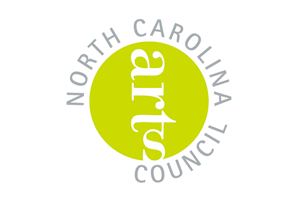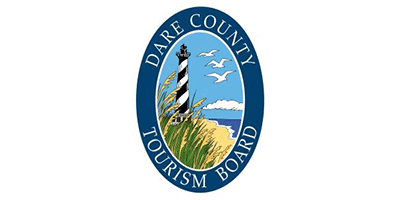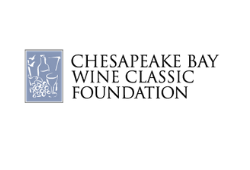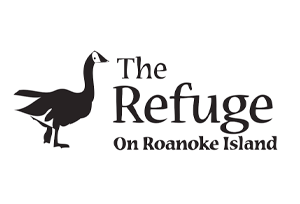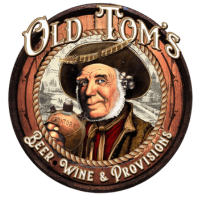History Comes Alive.
The Lost Colony, America’s longest running outdoor symphonic drama, has been telling the story of the first attempt at English Colonization in the New World for over 85 years. While based on historical fact, some details have been omitted or altered for the purpose of dramatic narrative.
This page offers a more complete, accurate picture of the Roanoke Voyages and what happened on Roanoke Island, starting with the peoples who called the Outer Banks home for thousands of years. Enjoy.
Carolina Algonquins
The late 1500’s were a bit of a golden era for England, with Elizabeth I being one of the most successful monarchs in England for hundreds of years. Explore Elizabethan England, the time period in which The Lost Colony takes place in.
Elizabethan Era
As a production, The Lost Colony needs to pack a lot of story into a limited amount of time. As a result, some events have been left out or simplified. Below is a detailed timeline of the Roanoke Voyages 1584-1590.
Roanoke Voyages
117 men, women, and children set sail from England to start a new life on Roanoke Island. Below is a list of the entire roster, with each Colonist’s name listed.
Colony Roster
The Lost Colony’s fascinating history doesn’t end in the 1500’s. President Franklin Delano Roosevelt made an appearance at The Lost Colony on August 18th, 1937. The President was in town to dedicate Cape Hatteras National Seashore, and made a pitstop to Roanoke Island. He delivered a speech about the everlasting spirit of America (which started with the Roanoke Colony) and watched that evening’s performance of The Lost Colony. Click below to read the President’s entire speech.
Roosevelt on Roanoke
Want to do some further exploration? The links below provide a fantastic resource to literature related to Elizabethan England and the Roanoke Colonies.


